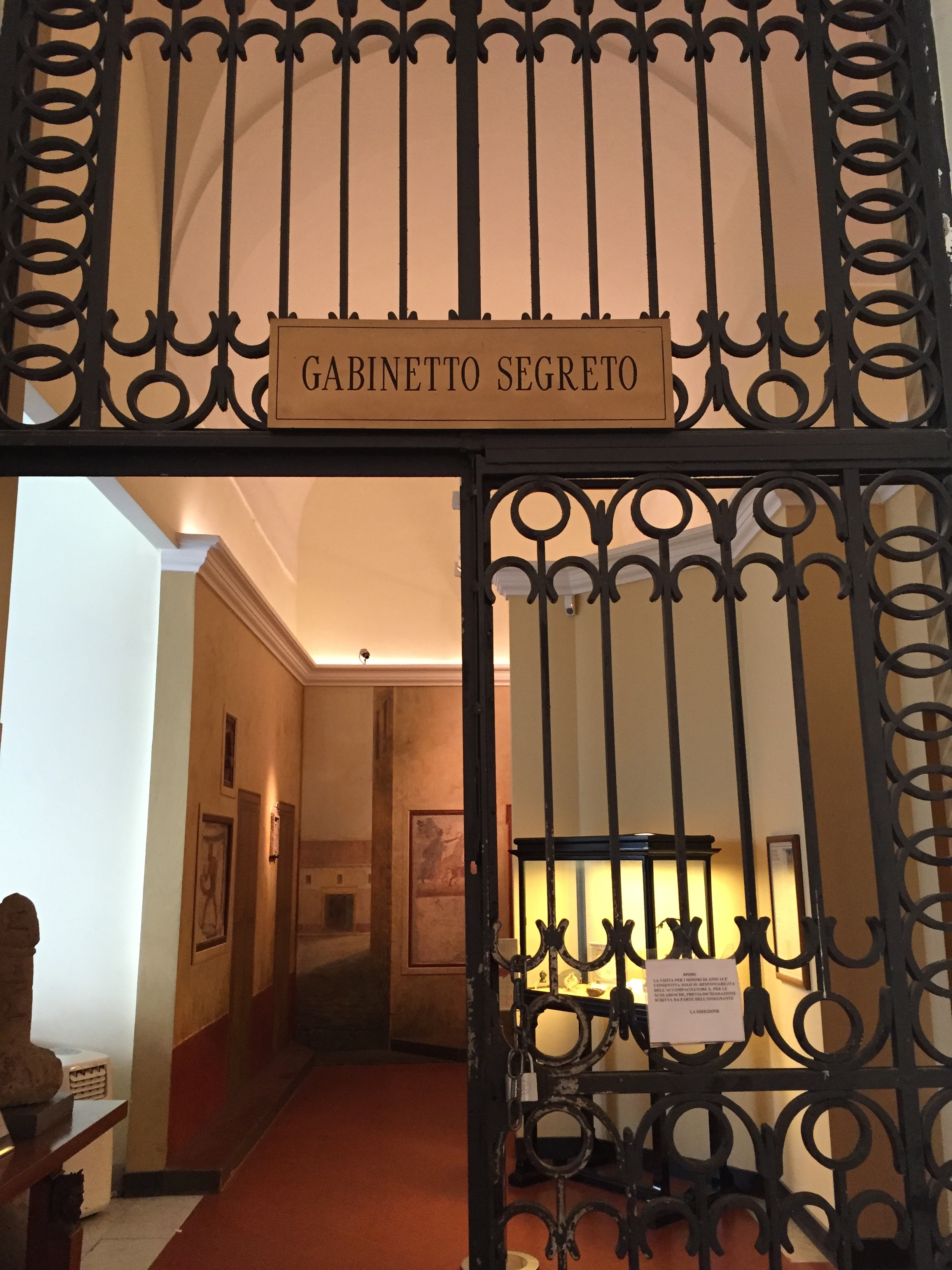Naples National Archaeological Museum
One of the world's greatest museums is the Naples National Archaeological Museum. Stuffed with the treasures excavated at Pompeii and the Farnese collection of classical sculpture, it has over three million classical art objects in its collection.
It's a crime how few people visit this museum. If you love art and archaeology, go. Go now. Don't mind the lackluster website. Definitely don't listen to stories of your friend who passed through Naples once on their way to Capri and got overcharged by the cab driver. Serious art lovers should plan an entire vacation around this museum.
Right off the Via Toledo in the busy, graffiti decorated part of "gritty" Naples, the bright pink museum betrays its soothing interior. Founded in the 1750s by the Bourbon King Charles III of Spain, the building was originally a military barracks and used as a repository for the treasures being excavated at Pompeii that were too vulnerable to looting to be left on-site.
Close-up of the Farnese Hercules
The most extraordinary sculpture in the museum comes from the Farnese Collection. Founded by Cardinal Alessandro Farnese who later became Pope Paul III, the collection of classical sculptures was among the best in Renaissance Italy, when Greek and Roman antiquities were sought after among cultural elites. The painter Raphael was put in charge of excavations in Rome and Michelangelo designed niches in the Farnese Palace to display these sculptures that were found or purchased on the antiquities market.
Later the Farnese family became the Dukes of Parma and the collection was moved to Northern Italy. Elisabetta Farnese inherited the collection which is how they passed to her son Charles of Bourbon, King of the Two Sicilies and why it was then moved to Naples. Several of the works are now in the Capodimonte Museum (a former Bourbon palace), but most of them are displayed in the archaeological museum.
Mosaics from Pompeii are displayed on the second floor. In addition to the famous Alexander Mosaic, the collection includes decorative fragments from private dwellings and scenes of Roman life.
A mosaic of actors preparing for a performance, one playing the flute, while others get dressed gathered around a box of theater masks is what prompted archaeologists to name the spot where it was excavated "The House of the Tragic Poet."
The most unique gallery in the Naples National Archaeological Museum is undoubtedly "Il Gabinetto Segreto" or The Secret Cabinet which exhibits erotic art found at Pompeii.
In 1816, a scandalous guide with illustrations was being traded among French elites. Written by Colonel Fannin, it's title was "The Royal Museum at Naples, Being Some Account of the Erotic Paintings, Bronzes and Statues Contained In That Famous "Cabinet Secret"". Though it had been officially published by the museum in Naples, French authorities deemed it too scandalous and destroyed every copy that they could confiscate.
Three years later Francis I, King of the Two Sicilies visited the museum and was appalled when he discovered exhibitions of giant phalluses and mosaics and paintings of men and women having intercourse. He ushered away his wife and daughter and made an official order to take the works off of public view. From that point on, women were barred from seeing the works and only gentleman with "well-known moral standing" could enter il gabinetto segreto.
When German and English elites discovered Italy on the "Grand Tour", the archaeological museum at Naples became a popular destination. With a small bribe offered to the museum guards, these men were given access to the pornographic treasures hidden inside the secret cabinet.
A guard sits at the entrance to the Secret Cabinet.
The collections includes erotic frescoes and mosaics stripped from the walls and floors of Pompeii's many brothels. Thousands of phallus-shaped pendants, wind chimes and candlesticks are in the collection, but only a few are on display. Many of these were likely household objects, made to honor the god Priapus and used as good luck charms or talismans of virility and fertility.
Eventually, the Secret Cabinet was bricked up and sealed. Over 150 years, there were only two occasions when access was granted. It was not until 2000 that the collection was made publicly available to both men and women, and not until 2005 that it was officially installed into the museum's permanent gallery space.
The museum offers free tours every day and has an excellent audioguide available in several languages including English. Guests on our upcoming tour of Elena Ferrante's Naples will also enjoy a special evening visit to the museum.
Here's how to visit:
Naples National Archaeological Museum Piazza Museo, 19, 80135
Hours 9am-7:30pm, Wednesday through Monday, closed Tuesdays.
Please note that galleries open and close without warning and the museum's website is not very helpful. However, highlights of the collection like the Farnese Hercules and Alexander Mosaic are always on display. In addition to the Secret Cabinet, plan to spend at least 3 hours in the museum, if not an entire day.






